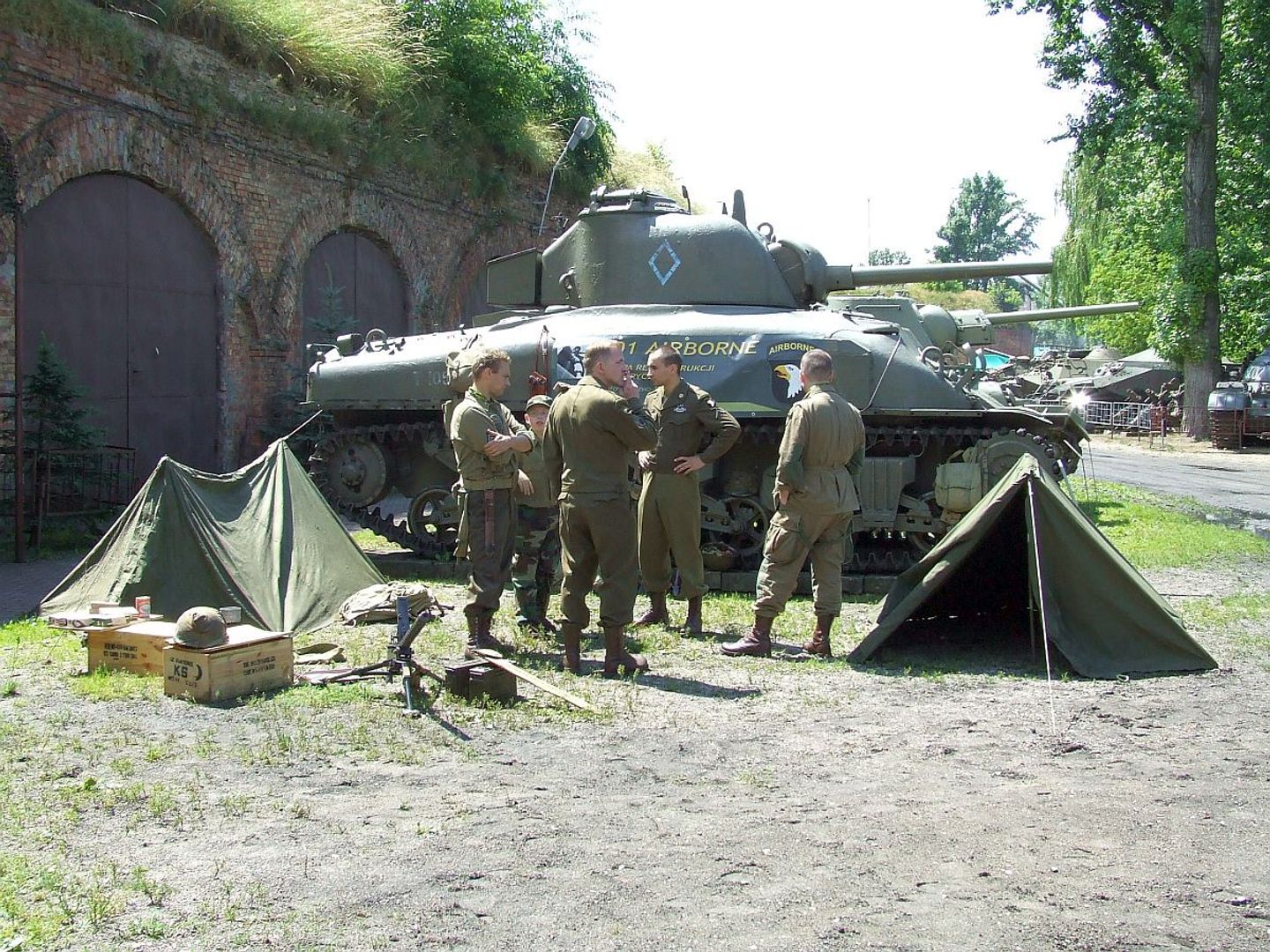Fort IX of the Warsaw Fortress
6.9

Overview
Fort IX, also known as Fort "Czerniaków" or Fort Dąbrowskiego, is one of the structures of the outer ring of the Warsaw Fortress, located in Sadyba in the Mokotów district. Built between 1883 and 1887, the fort has a pentagonal shape, and its structure includes brick barracks and combat shelters. The structure is characterized by a wet moat, resulting from the marshy terrain. The history of the fort is rich and associated with important events in Poland. In 1909, the process of dismantling the fortress began, and most of the combat structures were destroyed in 1913, leaving only the barracks. In 1924, the Sadyba Oficerska housing estate for officers of the Polish Army was established on adjacent lands, and by 1947, several dozen villas had been built there. In 1935, Powsińska Street was routed through the fort, crossing the moat via bridges. In 1936, the eastern part of the fort was transformed into a public park, although the planned connection with the western part of the fort was not realized. In 1939, the fort actively participated in the defense of Warsaw, and Polish soldiers, including Olympian Janusz Kusociński, fought heroically, but on September 26, the fort was captured by the Germans. The role of the fort increased during the Warsaw Uprising in 1944, when it was occupied by insurgents from the "Oaza" battalion. The fort experienced intense fighting, and on September 1, 1944, it was shelled by the Luftwaffe, resulting in the death of commander Czesław Szczubełek and 24 insurgents. After the war, part of the fort was turned into a park, named after Szczubełek. The western part of the fort was occupied by the military until 1990; in the 1990s, branches of the Museum were established there, including the Museum of Polish Military Technology and the Katyń Museum. In 2009, the Katyń Museum was relocated, and the future of the fort remains uncertain, especially in the context of the planned move of the Museum of the Polish Army. Fort IX has also been registered as a historical monument since 1973. Interestingly, the history of its defense was described in Maciej Piekarski's book "Samotna placówka" (The Lonely Outpost). Fort IX represents an important cultural and historical heritage that reminds us of the heroism of Poles in difficult times.
Location
Tickets
Powered by GetYourGuide
You can also find here:
2025 Wizytor | All Rights Reserved
